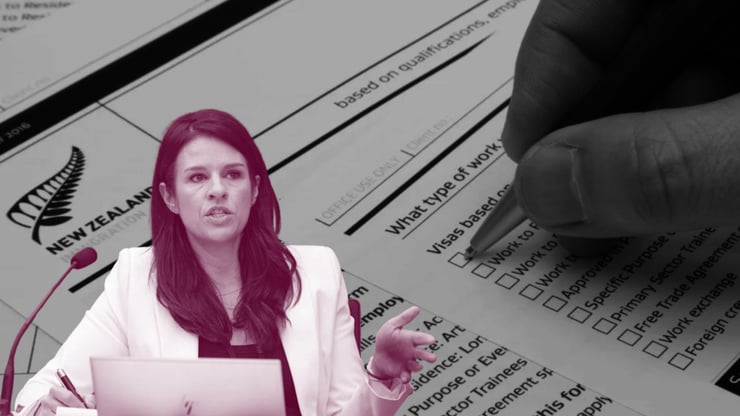Immigration Changes: All You Need To Know

If the slew of changes to immigration settings announced this week have tied you up in knots, we have got you covered.
Here’s the one line takeaway. Low-skilled overseas workers will find it difficult to find jobs in New Zealand, and even tougher to settle down in the country.
Requirements to land a job in ANZSCO level 4 or 5 occupations, the official classification for low-skill work, have been tightened. These include roles like hospitality workers, bus and truck drivers, supervisors, fast-food cooks, labourers, kitchen hand, cleaners, factory workers, etc.
The new English threshold means these applicants now need to score at least Band 4 in IELTS, or equivalent in PTE. It’s still much less than the 6.5 needed for higher-education courses or for those applying for residency under the Skilled Migrant Category.
“The rationale given is that you need that level of English proficiency to, at least, understand your job contract correctly and avoid exploitation,” says Vandana Rai of Auckland-based Immigration Advisers New Zealand Limited.
The change does mean that applicants will now have to take an English test, unlike before.
A change around how and when low-skilled workers can be hired would perhaps have a bigger impact. The department tasked with finding jobs for people on benefit, Work and Income, will now have to verify that none of the unemployed locals qualify for the role. Employers will also need to advertise the job vacancy for a week more.
If they do make it through, these low-skilled workers can work only up to two years, and a third year if their employers take a fresh Job Check.
Another hurdle is the new requirement around education levels. Most roles under the Accredited Employer Work Visa–the country’s main temporary work visa–now require applicants to have a minimum Level 4 NZQA qualification or three years of related work experience. Low-skilled workers didn’t have any such threshold in the previous settings. Overseas qualifications lower than a bachelor’s now have to be assessed by NZQA.
The news is more sombre for overseas bus and truck drivers, roles that have been removed from the green list–meaning they no longer qualify for residency after working for two years on the threshold wage.
The only other residence pathway–Skilled Migrant Category–imposed requirements that low-skilled workers don’t meet, virtually leaving them with no residence pathway.
Those already in the country working in these roles can still apply under the green list criteria–but they now have to meet English requirements same as for those applying for higher studies or as skilled migrants.
Some construction roles, like panel beaters, etc, have also been removed from the green list, making the residence pathway difficult.
The government says despite how it looks the changes are not hostile to migrants, and will stem the historically-high migration rates seen lately that it says are unsustainanble.
Immigration Minister Erica Stanford says the rules largely aim at making sure New Zealanders get priority when it comes to jobs that are not in the skills shortage category.
Vandana Rai of Immigration Advisers New Zealand Limited says the government has its heart in the right place but it must be careful about losing the perception battle when it comes to attracting migrants.
“If we keep making frequent changes to the immigration settings, it sends out mixed signals to prospective migrants. They become wary of exploring the country as a lucrative destination.”





